The 1990s were a vibrant decade, not just for fashion and technology, but also for the unique and quirky beverages that defined the era. From colorful sodas to groundbreaking health drinks, these beverages captured the imagination and taste buds of a generation. Join us as we revisit 19 iconic drinks from the ’90s, reminding us of simpler times and the delightful flavors that accompanied them.
Surge
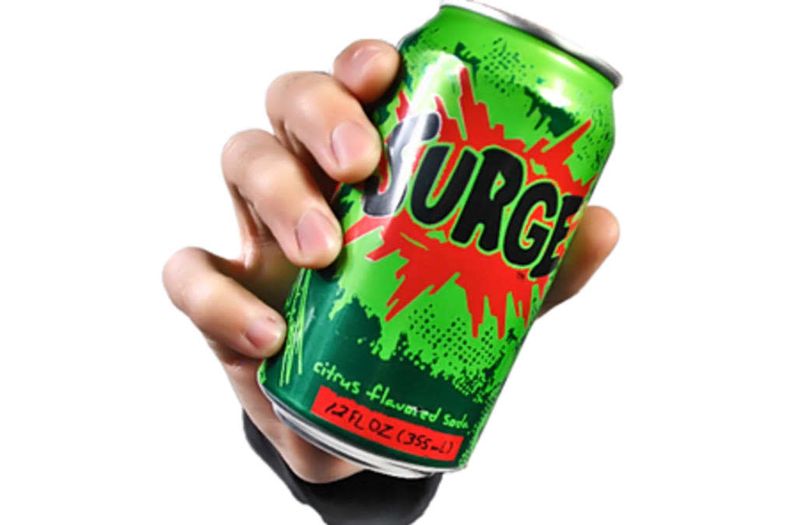
The electric green can of Surge was synonymous with the ’90s energy drink craze. Marketed as a citrus-flavored soda, it became an instant hit among teenagers. With its high caffeine content, Surge promised a burst of energy, perfect for all-night gaming or intense sports activities. Its advertising was as bold as its flavor, featuring extreme sports and youthful rebellion.
Surge disappeared from shelves in the early 2000s, but it made a brief comeback due to popular demand. This drink remains a nostalgic reminder of an era defined by ‘go big or go home’ attitudes.
Crystal Pepsi
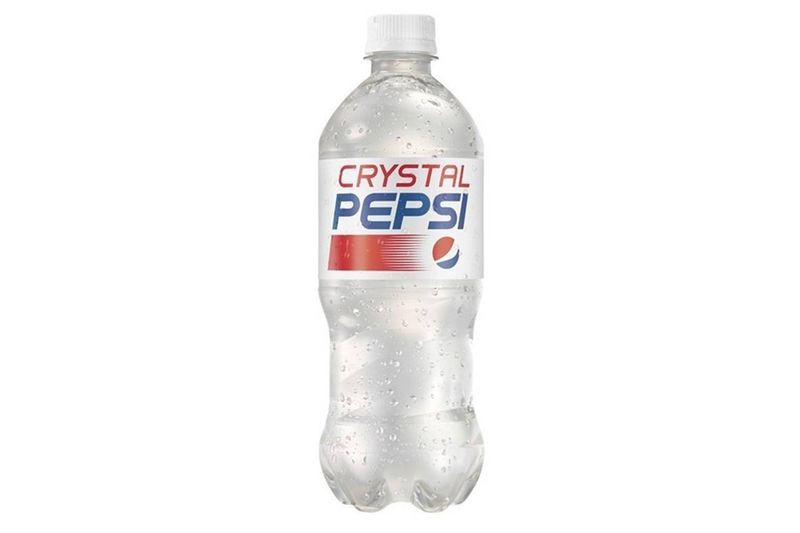
Crystal Pepsi was Pepsi’s bold experiment in the early ’90s to capture a market for clear colas. Promoted as a caffeine-free alternative, it was clear like water but offered the familiar cola taste. This innovative approach intrigued many, but its lack of caffeine might have contributed to its short-lived presence.
Despite its initial failure, Crystal Pepsi has become a cult classic, with periodic revivals sparking waves of nostalgia. Its transparent nature mirrored an era obsessed with clarity and purity, although it couldn’t quite sustain public interest.
Orbitz
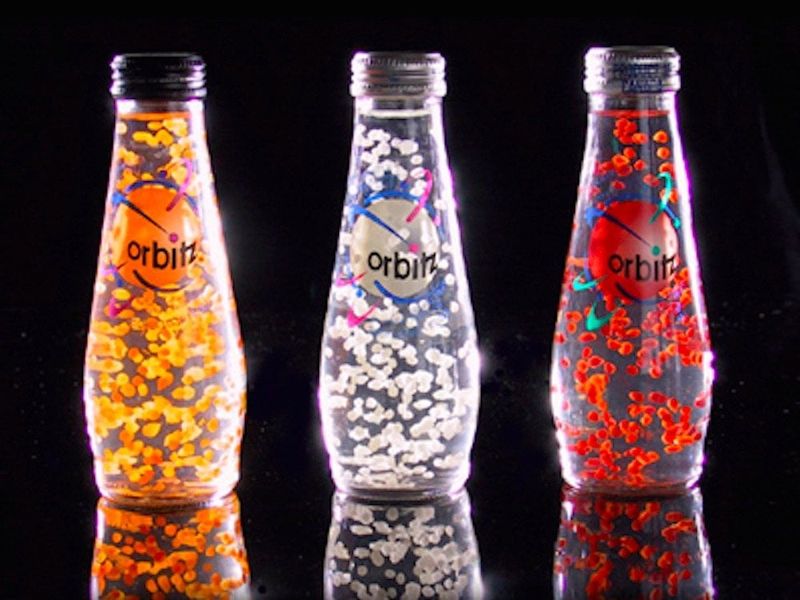
Orbitz was more than just a drink; it was a visual spectacle. Known for its suspended, colorful balls floating in a clear liquid, it amazed children and adults alike. The drink’s unusual texture and whimsical appearance made it a conversation starter at gatherings.
Flavor-wise, Orbitz offered a variety of fruity combinations, but the drink’s aesthetics were its main attraction. It was a short-lived phenomenon, yet its uniqueness remains etched in the memories of those who experienced its quirky charm.
Fruitopia
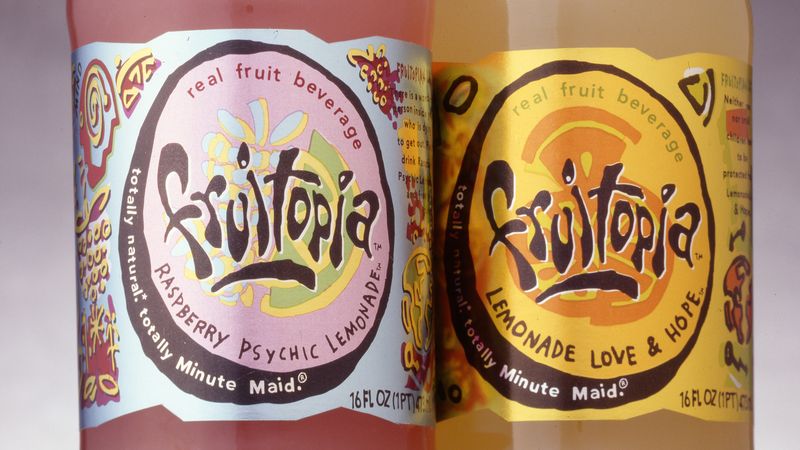
Fruitopia, the vibrant fruit-flavored beverage, was a nod to the new-age health movement of the ’90s. With its psychedelic advertising and bold flavors, it captured the essence of a generation seeking both taste and wellness. Varieties like Strawberry Passion Awareness and Citrus Consciousness offered more than just refreshment.
The drink’s quirky names and creative marketing endeared it to young consumers eager for something different. Though it eventually faded from shelves, Fruitopia’s colorful legacy, as a symbol of free-spirited fun, continues to linger in ’90s nostalgia.
Snapple Elements
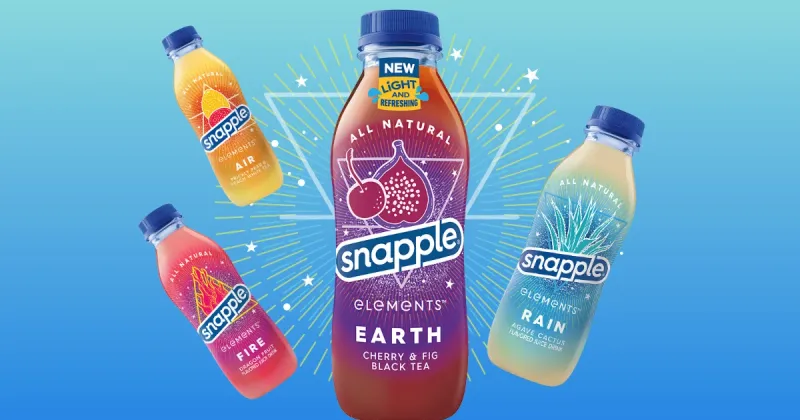
Snapple Elements capitalized on the trend towards natural ingredients, offering drinks named after earth’s elements like Rain, Fire, and Sun. The sleek, aesthetically pleasing bottles made them a favorite among eco-conscious consumers.
Each flavor was crafted to align with its element, promising a sensory experience that went beyond taste. Snapple Elements succeeded in creating a brand identity that resonated with those who appreciated the environment, adding layers of meaning to an ordinary beverage.
Ecto Cooler

Ecto Cooler was more than a drink; it was a cultural phenomenon tied to the Ghostbusters franchise. This fluorescent green citrus drink captured children’s imaginations, with Slimer from Ghostbusters gracing its packaging.
Its tangy, refreshing flavor made it a staple in lunchboxes across the country. Though eventually discontinued, Ecto Cooler’s vibrant color and pop culture connection continue to make it a beloved memory for those who grew up in the ’90s, eagerly awaiting its return in limited releases.
Josta
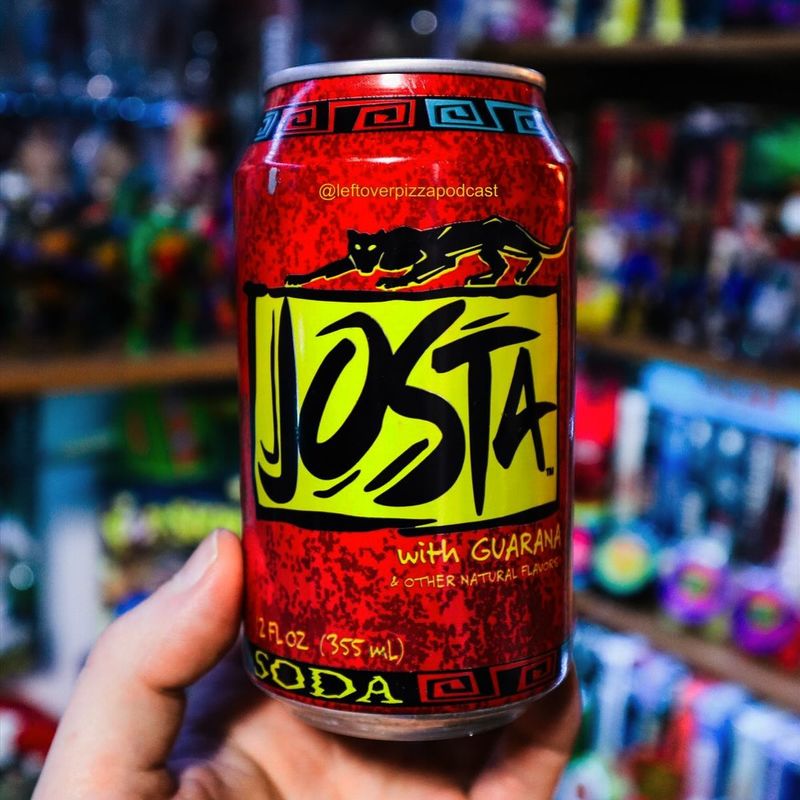
Josta was Pepsi’s foray into the energy drink sector, known for its unique flavor blend of guarana and spice. It was the first energy drink introduced by a major U.S. beverage company and was praised for its invigorating properties.
The mystical branding and exotic ingredients appealed to adventurous consumers looking for an extra boost. Though Josta’s time was brief, it laid the groundwork for the plethora of energy drinks that followed, making it a pioneer in its own right.
OK Soda
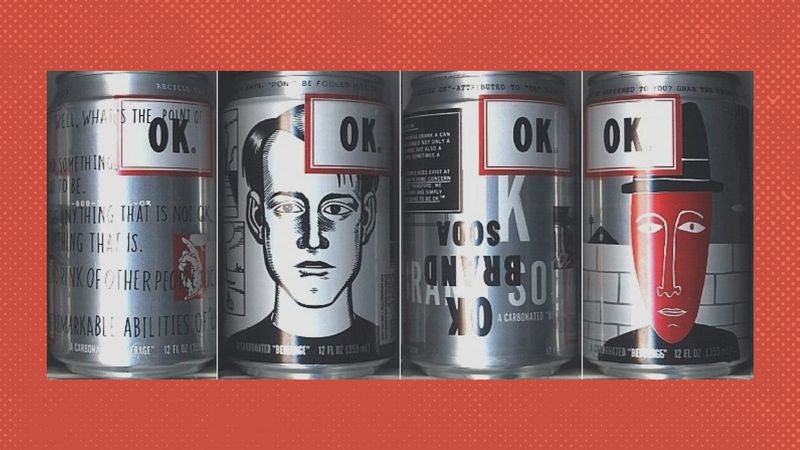
OK Soda was Coca-Cola’s attempt to capture the disillusioned youth market of the ’90s with its anti-establishment branding. The drink’s packaging featured odd artwork and sardonic messaging, aiming to resonate with a generation skeptical of corporate motives.
Despite its innovative approach, the taste failed to impress, leading to its swift disappearance. Yet, OK Soda’s bold marketing experiment remains a fascinating snapshot of a time when brands sought to connect with consumer cynicism in unconventional ways.
Sunny Delight
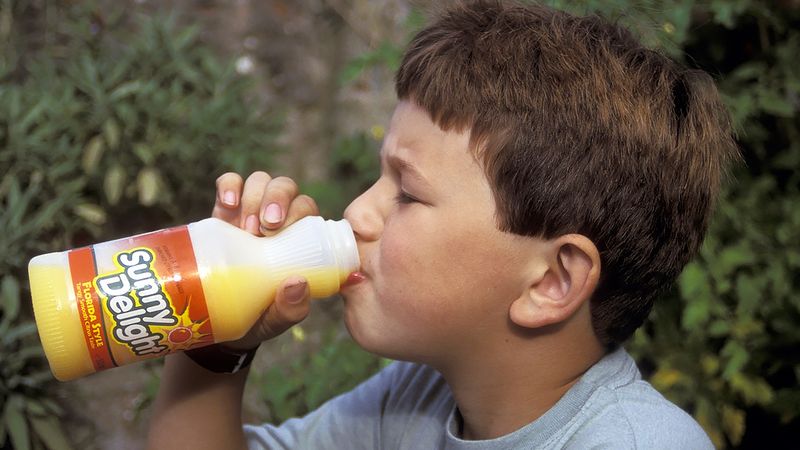
Sunny Delight, affectionately known as Sunny D, was the quintessential breakfast drink of the ’90s. With its tangy, orange flavor, it promised the taste of sunshine in a bottle.
Marketed as a healthier alternative to soda, Sunny D’s vibrant advertising and appealing taste made it a staple in households. Its association with energetic mornings and family gatherings contributes to its enduring nostalgia. Though its composition has evolved, the original Sunny D remains a cherished memory for many.
All Sport

All Sport, a competitor to Gatorade, was a sports drink that aimed to energize athletes with its variety of flavors. Its isotonic formula promised to replenish electrolytes and keep you hydrated during intense physical activities.
The drink’s marketing targeted active lifestyles, featuring athletes and rigorous workouts. All Sport’s brief prominence in the ’90s sparked a taste for sports drinks that still persists today, highlighting the era’s burgeoning interest in fitness and health.
Squeezit

Squeezit drinks were a hit, especially among school-aged children. Packaged in squeezable plastic bottles, each drink was designed to be fun and mess-free. The quirky character names and vibrant flavors made them a lunchtime favorite.
Beyond their playful appearance, Squeezit offered the novelty of interactive drinking. Sadly, they vanished in the early 2000s, but the joy they brought to countless lunches remains a fond memory for anyone who enjoyed the whimsy of drinking from a squeezable bottle.
Yoo-hoo
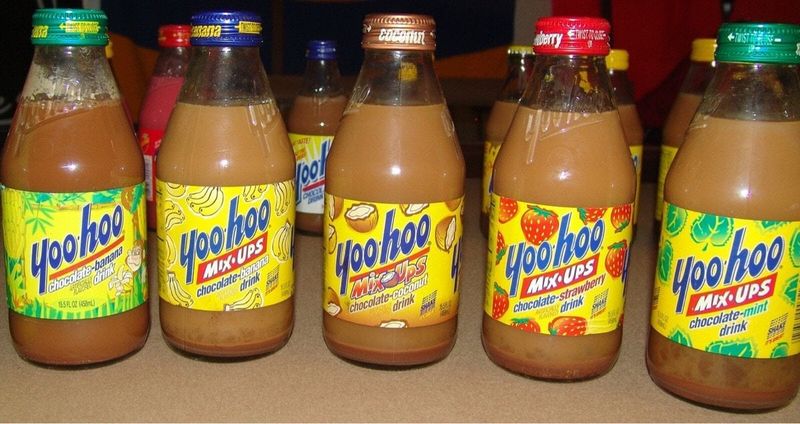
Yoo-hoo, the chocolate-flavored drink, was adored for its unique taste and refreshing qualities. Its nostalgic glass bottles became a symbol of childhood indulgence, often paired with snacks after school.
Though not a traditional chocolate milk, Yoo-hoo’s charm lay in its distinctive, smooth blend. It was a comforting treat that transcended ordinary beverages, offering a sweet escape into a world of pure, chocolaty delight.
Tab Clear
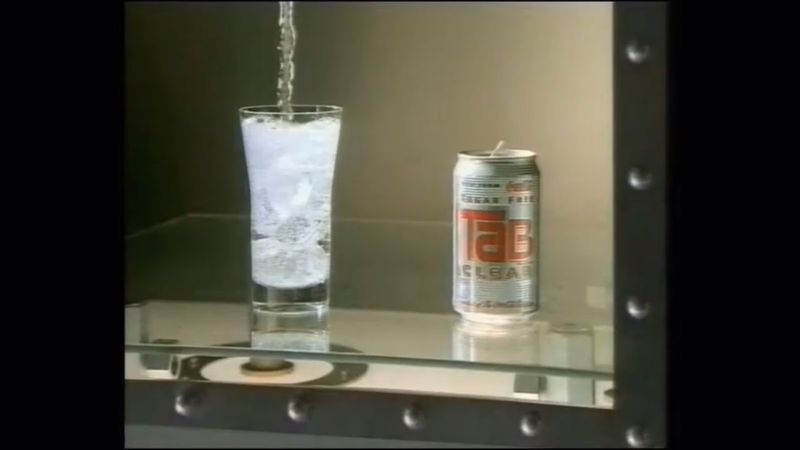
Tab Clear was Coca-Cola’s venture into the realm of transparent sodas, launched as a companion to the original Tab. Its clear, cola-flavored liquid was part of a trend that emphasized purity and simplicity.
Despite its innovative concept, Tab Clear struggled to find a lasting audience. The drink’s retro aesthetic and experimental nature, however, left a peculiar yet significant mark on ’90s beverage history.
Mondo

Mondo fruit drinks were a staple in children’s lunchboxes, known for their eye-catching, neon-colored bottles. The twist-off tops added an element of fun and convenience, making them a popular choice for kids on the go.
Each bottle promised a burst of fruity flavor, catering to a young audience eager for excitement in their beverages. Though Mondo’s peak has passed, the distinctive design and playful experience it offered are cherished memories for ’90s kids.
Zima
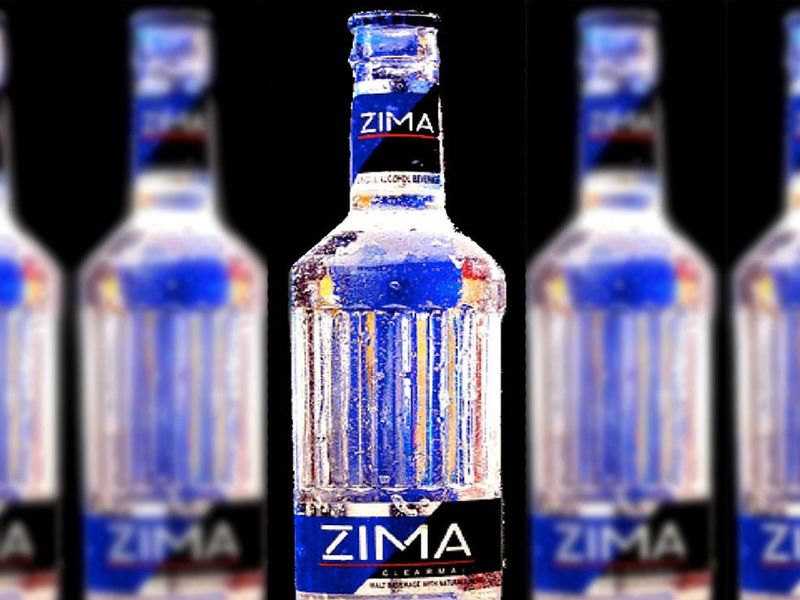
Zima was the drink of choice for those seeking an alternative to beer. Its clear, malt-based composition and citrus flavor offered a refreshing twist. Marketed as a “clearmalt,” Zima quickly gained a following among young adults.
The drink’s unique taste and stylish branding set it apart, enjoying a cult status despite its eventual decline. Zima’s intriguing place in beverage history is a testament to the ’90s penchant for experimentation and novelty.
Jolt Cola
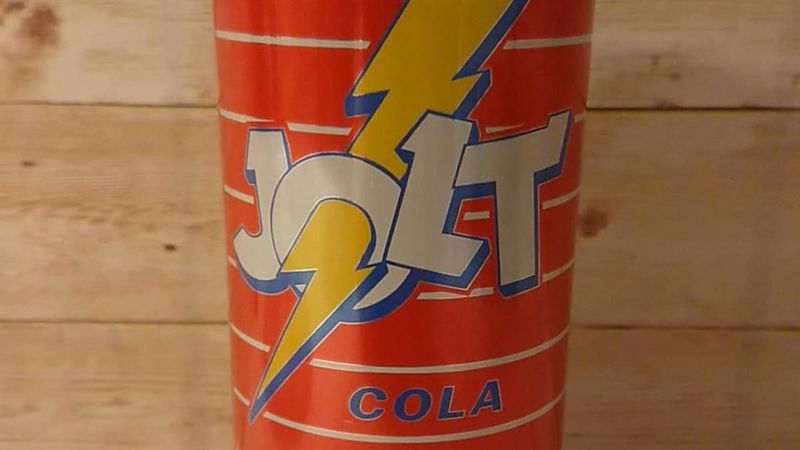
Jolt Cola wasn’t just a drink; it was an icon of caffeinated rebellion. With twice the caffeine of a regular cola, it promised to keep consumers alert and energized. It became popular among programmers and students pulling all-nighters.
Jolt’s marketing emphasized its potency, tapping into a growing demand for high-energy beverages. Though its intensity wasn’t for everyone, Jolt Cola’s contribution to the caffeine craze of the ’90s is undeniable.
Capri Sun
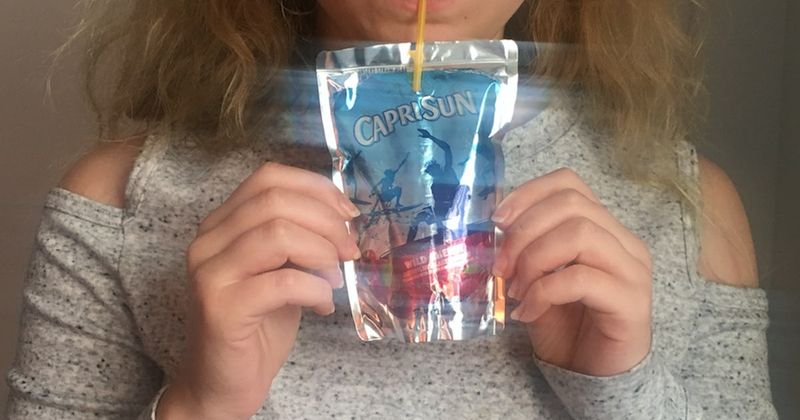
Capri Sun, the iconic juice pouch, was a favorite among kids and parents alike for its convenience and tropical flavors. Its unique packaging made it easy to pack and drink, perfect for school lunches or outdoor adventures.
The innovative pouch design and refreshing taste ensured its place in snack time routines. Capri Sun’s widespread appeal and adaptability continue to evoke memories of carefree childhood days under the sun.
Clearly Canadian
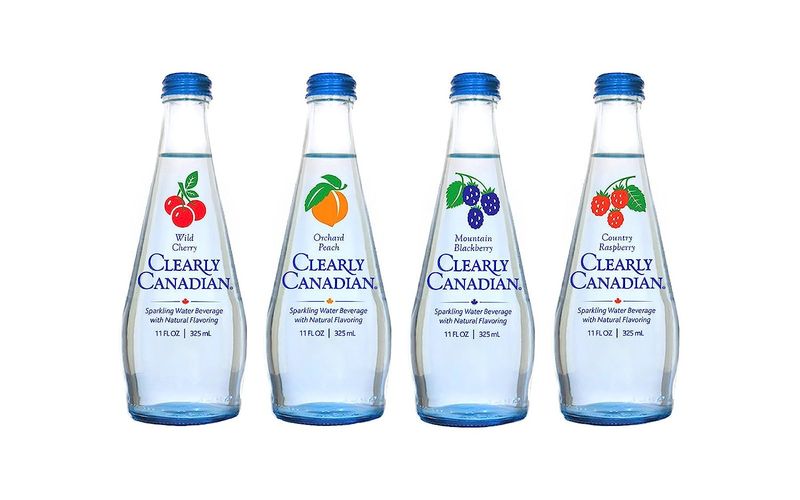
Clearly Canadian was a pioneer in the flavored sparkling water market, offering a crisp, refreshing alternative to sugary sodas. Its glass bottles and fruity flavors, such as Wild Cherry and Mountain Blackberry, made it a trendy choice.
The drink’s clean, elegant design and natural taste were ahead of their time, aligning with a shift towards healthier drink options. Clearly Canadian’s enduring charm reflects a decade of innovation and health-conscious choices.
Tang
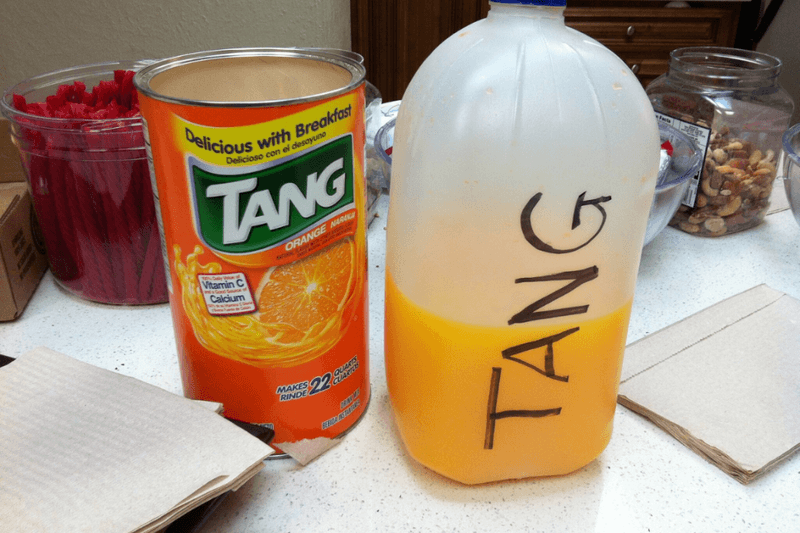
Tang, the powdered drink mix, became iconic due to its association with early space missions. Its tangy orange flavor was a staple in many homes, offering a quick and easy drink option.
Though Tang originated before the ’90s, it enjoyed a resurgence during the decade, thanks to clever marketing and its nostalgic appeal. Its lasting presence in beverage lore is a testament to its unique blend of convenience and classic taste.
Leave a comment